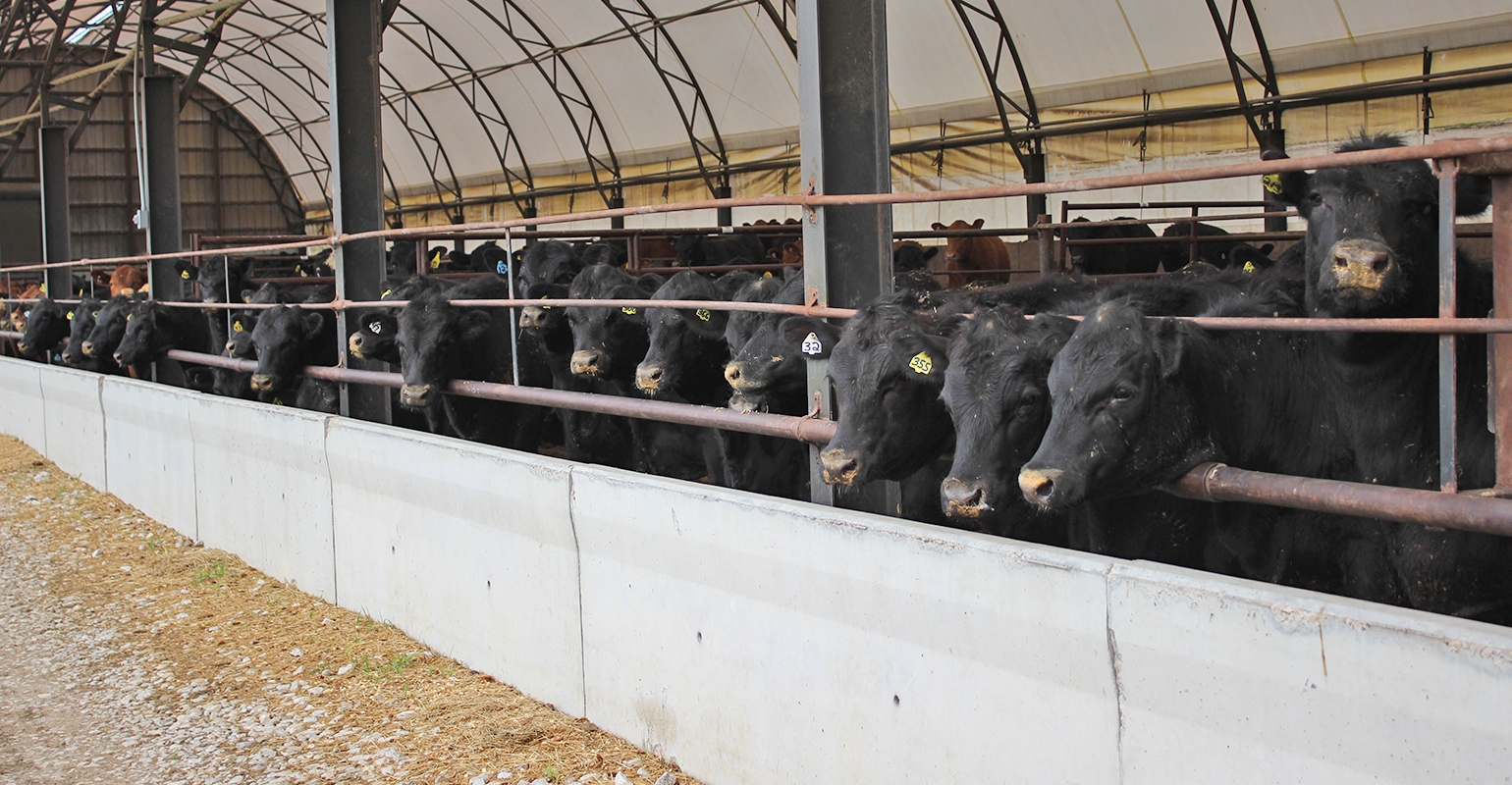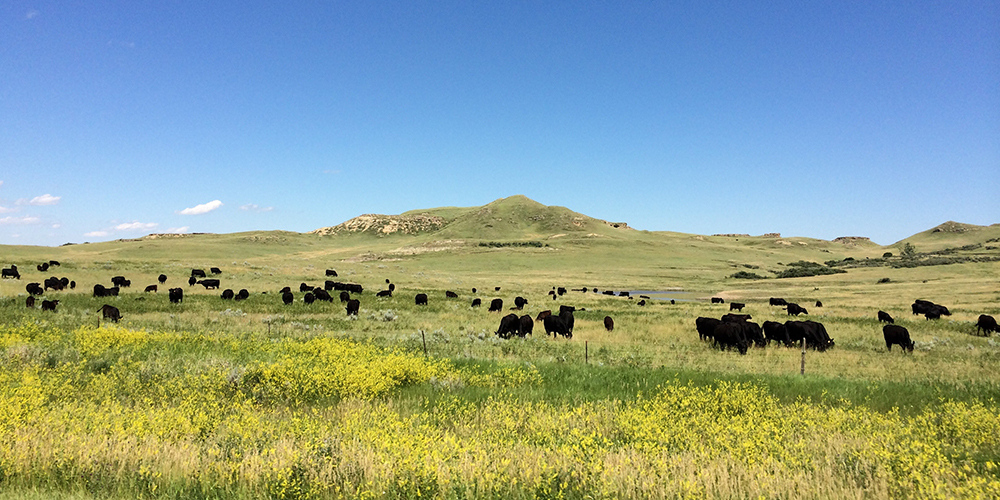Secret Elements to Consider When Finding Livestock Threat Security (LRP) Insurance Coverage
When evaluating choices for Animals Threat Defense (LRP) insurance coverage, a number of essential variables warrant careful consideration to guarantee reliable danger management in the agricultural industry. Choosing the appropriate protection options customized to your particular livestock procedure is critical, as is comprehending exactly how exceptional prices correlate with the level of protection offered.
Coverage Options
When taking into consideration Animals Danger Security (LRP) insurance, it is vital to recognize the numerous protection choices offered to minimize risks in the farming industry. Livestock Risk Protection (LRP) insurance policy uses various protection choices tailored to satisfy the varied requirements of animals manufacturers.
An additional crucial insurance coverage alternative is the endorsement period, which identifies the length of time the coverage holds. Manufacturers can pick the recommendation period that ideal matches their manufacturing cycle and market problems. Furthermore, protection levels and rates differ based on the sort of livestock being insured, giving producers the flexibility to customize their insurance coverage intends according to their certain needs.
Recognizing the various protection options readily available under Animals Risk Protection (LRP) insurance policy is essential for producers to make informed choices that successfully shield their animals procedures from market uncertainties.
Premium Prices

Animals Threat Defense (LRP) insurance coverage gives important protection alternatives customized to mitigate dangers in the farming sector, with a considerable element to consider being the computation and structure of premium prices. When establishing premium prices for LRP insurance policy, a number of elements enter into play. These consist of the type and number of animals being insured, the coverage degree picked, the existing market value, historic cost information, and the size of the insurance coverage duration. Insurance firms might additionally take into consideration the place of the ranch, as geographical variables can influence the general danger profile.
Premium expenses for LRP insurance are commonly determined based on actuarial information and run the risk of assessment designs. Insurance providers analyze historic data on animals prices and manufacturing costs to establish a proper premium that shows the degree of danger involved. It is necessary for livestock manufacturers to carefully examine premium costs and insurance coverage options to guarantee they are sufficiently protected against prospective economic losses because of damaging market conditions or unanticipated events. By comprehending just how premium expenses are computed and structured, producers can make educated choices when selecting the ideal LRP insurance coverage policy for their procedure.
Qualified Animals
The resolution of qualified animals for Animals Threat Defense (LRP) insurance policy protection involves careful consideration of specific criteria and qualities. Livestock types that are generally eligible for LRP insurance include feeder cattle, fed lambs, swine, and cattle. These animals should meet certain qualifications connected to weight arrays, age, and planned usage. Furthermore, the eligibility of livestock may vary based upon the details insurance policy copyright and the regards to the policy.
Feeder cattle, for instance, are frequently eligible for LRP protection if they drop within specified weight arrays. Lambs are another classification of animals that can be thought about for LRP insurance policy, with elements such as weight and age playing a critical role in identifying their qualification.
Before choosing LRP insurance policy for livestock, producers must carefully evaluate the qualification standards outlined by the insurance coverage copyright to ensure their animals satisfy the needed needs for coverage.
Policy Versatility
Policy flexibility in Animals Risk Defense (LRP) insurance coverage permits producers to tailor protection to suit their certain needs and take the chance of administration approaches. This versatility encourages livestock manufacturers to personalize their insurance policy policies based on aspects such as the type of animals they possess, market conditions, and specific risk resistance degrees. By providing personalized options, LRP insurance policy enables producers to successfully manage their danger direct exposure while securing their livestock procedures against unanticipated market volatility.
Cases Process
Upon experiencing a loss or damage, manufacturers can launch the claims process for their Animals Threat Protection (LRP) insurance coverage by without delay contacting their insurance coverage copyright. It is essential for producers to report the loss immediately to expedite the claims process. When connecting to the insurance policy provider, producers will need to offer in-depth details concerning the case, consisting of the date, nature of the loss, and any relevant paperwork such as veterinary records or market prices.

After the assessment is full, the insurance More Help copyright will choose concerning the case and communicate the result to the manufacturer. The producer will obtain compensation according to the terms of their Livestock Danger Defense (LRP) insurance policy if the insurance claim is accepted. It is important for manufacturers to be acquainted with the claims process to make sure a smooth experience in case of a loss

Conclusion
Finally, when choosing Livestock Risk Protection (LRP) insurance, it is important to consider coverage options, premium costs, qualified animals, plan versatility, and the insurance claims procedure. These essential elements will help ensure that farmers and ranchers are properly protected see this website versus possible dangers and losses connected with their livestock operations. Making a notified decision based on these factors to consider can eventually result in better economic protection and satisfaction for livestock manufacturers.
Livestock Risk Defense (LRP) insurance coverage provides various protection options customized to satisfy the varied requirements of livestock manufacturers.The decision of qualified livestock for Animals Danger Protection (LRP) insurance policy coverage entails careful factor to consider of specific criteria and features.Policy adaptability in Livestock Threat Protection (LRP) insurance policy enables manufacturers to tailor insurance coverage to suit their details needs and take the chance of management methods.Upon experiencing a loss or damage, manufacturers can initiate the cases process for their Livestock Threat Protection (LRP) insurance coverage by promptly contacting their insurance policy supplier.In conclusion, when choosing Animals Threat Protection (LRP) insurance coverage, it is essential to think about insurance coverage options, premium costs, eligible animals, plan flexibility, and the insurance claims procedure.
Comments on “Opening Development Prospective: Bagley Risk Management Approaches”